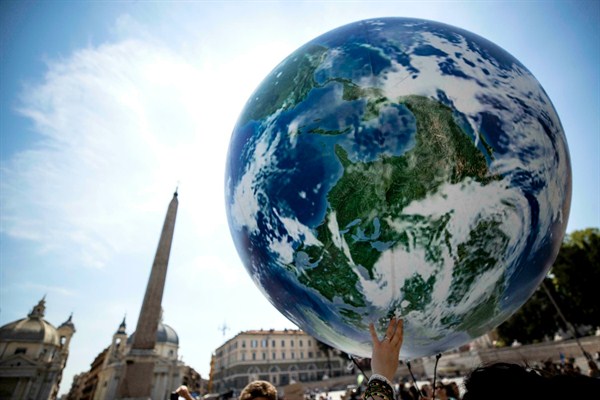With each successive Earth Day, the scale of the global environmental crisis becomes more disheartening. So too does the collective failure to respond to the planet’s plight. Over the past year, scientists have issued dire warnings about global warming, mass extinction, the extent of plastic pollution and the death of the world’s oceans. Humanity is now deep in the Anthropocene, a new geologic era defined by the human transformation of the natural world, and the lights are blinking red.
In a harrowing report last October, the United Nations Intergovernmental Panel on Climate Change, or IPCC, warned that even a 2 degree Celsius rise in average global temperatures—the fallback target of the 2015 Paris climate change agreement, which the world is nowhere close to achieving—will be calamitous. While the Trump administration continues to try and dispute the scientific reality of climate change, American scientists at the National Oceanic and Atmospheric Administration have backed the IPCC consensus, warning U.S. citizens to prepare for severe heat waves, water shortages, violent storms, dying coral reefs, rising seas and destructive wildfires.
Adding to the litany of bad news, the World Wildlife Fund reports that populations of wild vertebrates—mammals, birds, reptiles, amphibians and fish—have declined by 60 percent on average since 1970. The oceans, meanwhile, are warmer than they have been in more than 100,000 years—when sea levels were 20 to 30 feet higher.* By the end of the century, they will be more acidic than they have been in 14 million years. These changes are endangering the survival of marine life, including the phytoplankton that absorb 50 percent of humanity’s greenhouse gas emissions.

